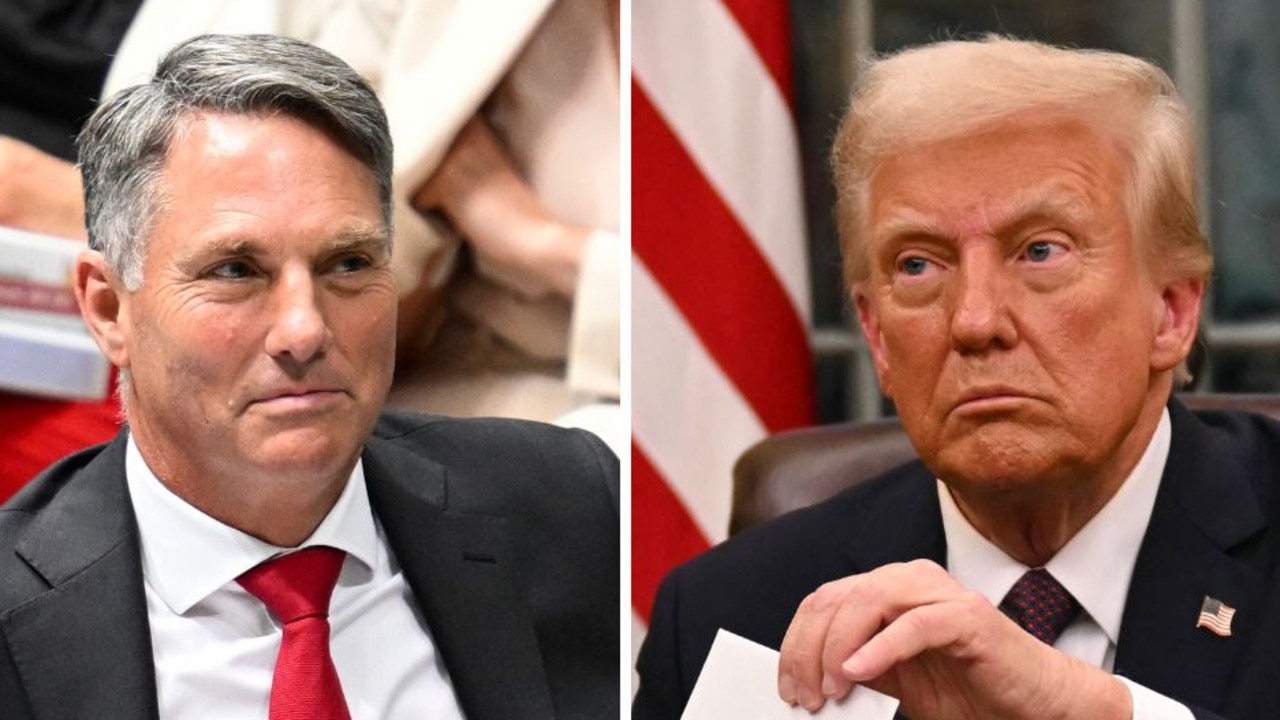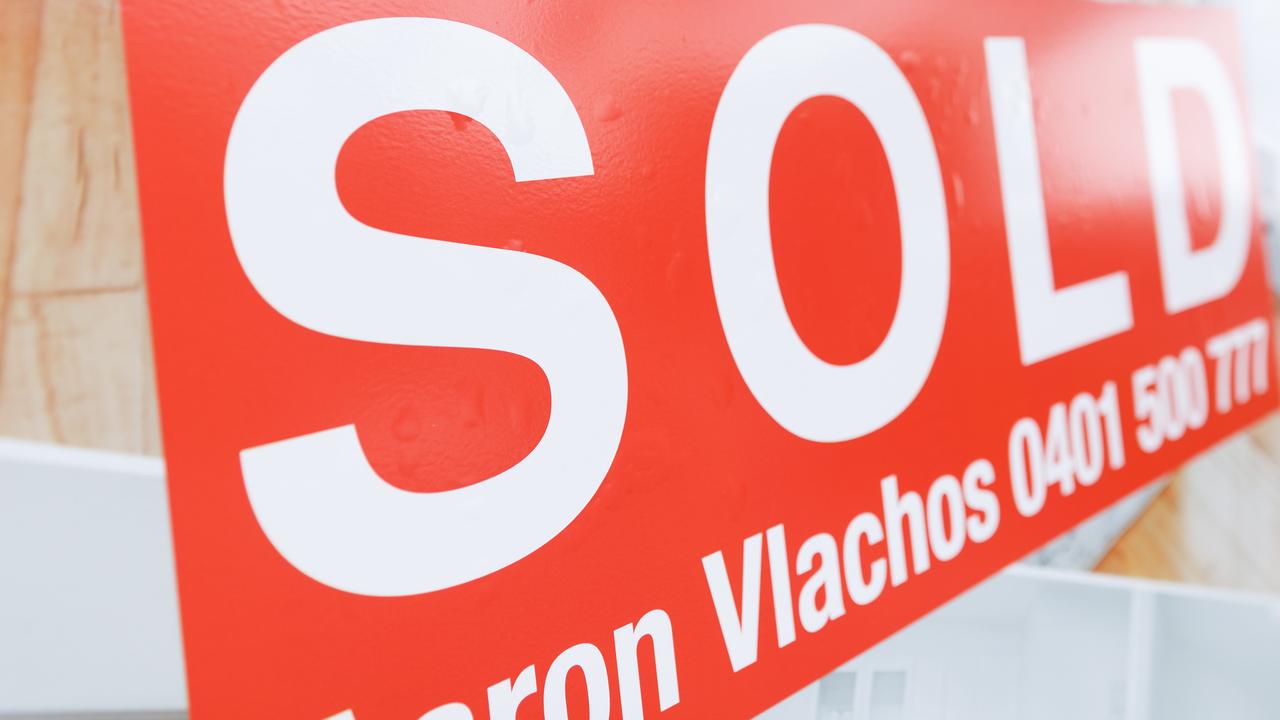What we know about the Budget 2016 so far
SUPER changes, tax cuts, spending on health, education, trains and fish. Here’s what we know so far about how the Budget tomorrow will impact Aussies.
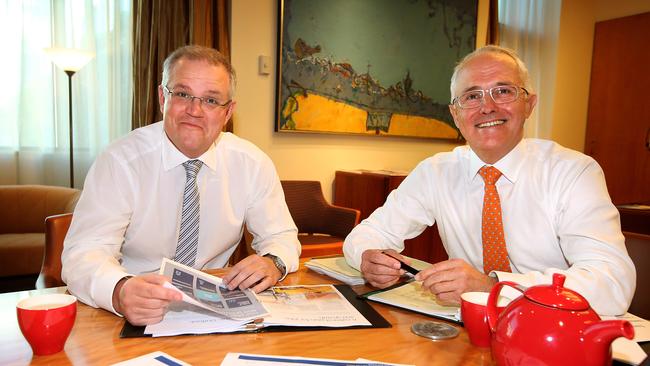
Economy
Don't miss out on the headlines from Economy. Followed categories will be added to My News.
WHEN Malcolm Turnbull declared he was challenging Tony Abbott for leadership of the Liberal Party, he promised to provide the “economic leadership that we need”.
Tomorrow, Australians will learn exactly where Mr Turnbull is heading.
But the Budget 2016 will not only be vital in securing Mr Turnbull’s leadership ahead of a long election campaign.
The challenges that the country faces have never been more apparent.
When the Coalition won the election campaign in 2013, it argued that Budget repair was crucial but a return to surplus now seems further away than ever.
Raising the stakes is the surprise announcement last week that deflation has hit for the first time since the global financial crisis. The drop in consumer prices is a sign demand in the economy is slowing.
This could prompt the Reserve Bank to lower the official cash rate to 1.75 per cent — the lowest ever recorded. It would be the first change to interest rates since May last year.
KPMG Australia has pointed out that without meaningful tax reform, the Budget will remain in structural deficit for the next 15 years at least.
Australia’s triple-A credit rating could also be at risk if the government fails to come up with a credible path to a surplus.
So what will the government do to face these challenges? Here’s what we know so far.
WHAT IT WON’T DO
The Turnbull Government has already ruled out changes to negative gearing and capital gains tax discount. It has also promised not to raise the rate of the GST or broaden its base.
TAX CUTS
Treasurer Scott Morrison has confirmed there will be tax cuts for business in Tuesday’s Budget.
It’s believed the cuts will be focused on small and medium sized businesses. They will receive a small up front tax cut on top of their current 28.5 per cent rate, according to the Australian Financial Review.
The government also wants to phase in a lower rate for larger companies.
Company tax cuts are expected to be funded by a further crackdown on multinational tax dodgers as part of Mr Morrison’s “enterprise tax plan”.
But he has said he won’t be fast tracking the cuts to ensure they’re in place before an expected July 2 election.
The government has also flagged income tax cuts to address bracket creep.
The threshold when the 37 per cent tax rate kicks in is currently set at $80,001 but this could be increased to $85,000.
It’s estimated about 300,000 Australians will benefit.
The government is also expected to confirm that the 2 per cent levy on high-income earners will end on July 1, 2017, as expected.
SUPERANNUATION
Treasurer Scott Morrison has confirmed that super tax concessions for the rich will be looked at.
Those earning more than $180,000 could be hit by a 30 per cent tax (up from 15 per cent) on their super contributions.
The government may also lower the $30,000 cap on contributions that can be made to super funds every year at the concessional tax rate of 15 cents in the dollar.
Low and middle-income earners, such as women who have taken breaks from work to raise children, may also get super top-ups directly from the government, according to the Australian Financial Review.
HEALTH AND HOSPITALS
Heath Minister Sussan Ley announced a $5 billion subsidised public dental scheme this year.
The new Child and Adult Public Dental Scheme will replace the current Child Dental Benefits Scheme — introduced by Labor.
The new plan will cover Australians under 18 years old, as well as the estimated five million people on low incomes who hold a Commonwealth concession card.
The $5 billion will be spent over four years and is expected to provide treatment for more than 10 million citizens.
Mr Turnbull also announced earlier this year that an extra $2.9 billion will be poured into state and territory hospitals between 2017 and 2020.
The government is also expected to include $21 million for chronic conditions and to add more than 1000 new drugs to the Pharmaceutical Benefits Scheme.
It has also hinted at an extra 17,400 aged care places.
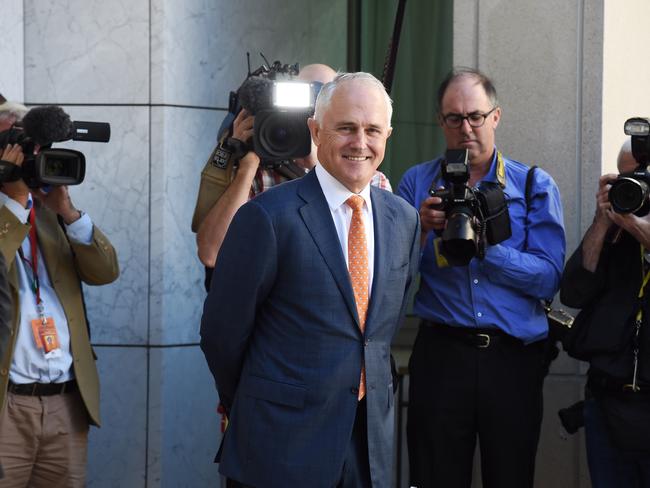
The government has already promised to spend up big on infrastructure with some key announcements made in the past week.
Funding includes $2.1 billion for New South Wales. This covers $1.7 billion for the Sydney Metro project, $167.3 million for a regional road freight corridor, $98.4 million to increase the capacity of Sydney’s rail network, $78.3 million for Parramatta light rail, $60 million for “smart motorways” and $52.2 million to clear NSW road pinch points.
There is $2.4 billion for Victorian infrastructure including $857 million for the Melbourne Metro rail tunnel and $20 million for the Murray Basin regional rail project, plus money for Monash Freeway, Western Ring Road and regional roads.
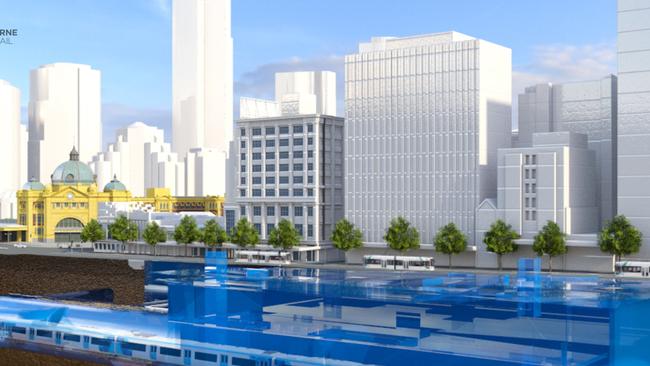
There’s $750.8 million for Western Australia infrastructure including the Forrestfield-Airport link and $260.8 million for the Perth freight link.
The Prime Minister has previously announced funding for upgrade of the Adelaide-to-Tarcoola rail line of about $300 million and money for Queensland’s Ipswich Motorwayis also expected.
Mr Turnbull also has a $50 million “smart cities” plan aimed at creating 30-minute-cities. It will look at new ways to raise finance for projects, and plans to improve access to jobs and housing affordability, and reduce traffic congestion by better spreading out economic hubs.
SCHOOL FUNDING
The government has announced a $73.6 billion education package that includes an extra $1.2 billion for school funding.
It will also provide $118 million over two years to support children in schools.
The extra funding will cover three years from 2018 but the government has put conditions on the states and territories, including that they introduce literacy and numeracy checks for children in Year 1.
At the other end of schooling, there will be minimum standards for students to pass Year 12 and all students wanting a university entrance score must study an English or humanities subject as well as maths or science.
UNIVERSITY DEREGULATION
The federal government is set to modify a plan to deregulate university fees.
While the unpopular proposal which Labor has long argued would lead to $100,000 degrees will be kept, the government could soften the blow by limiting the size of fees, The Australian Financial Review reports.
That could stop price gouging while diluting the impact of Labor’s campaign.
Education Minister Simon Birmingham is consulting stakeholders after deferring until next year a plan for a 20 per cent cut in federal funding to universities and allowing them to raise student fees.
“I will have more to say before the election,” he told AAP in a statement.
SOCIAL SPENDING
Prime Minister Malcolm Turnbull has previously promised to spend about $100 million to tackle domestic violence.
The package, which was announced and signed off by Cabinet last year, includes funding to trail GPS trackers for perpetrators, special safe phones for victims and other measures, such as CCTV cameras, to improve security in the homes of women.
Mr Turnbull has also announced a $300 million four-year action plan on ice addiction.
The strategy would shift the focus from policing to prevention and include improved treatment, after-care, education, prevention, support and community engagement.
DEFENCE
With new ships, submarines and an election on the way, Defence can expect to do well from the Budget.
The Budget would also contain a further $1 billion to refinance military deployments in Afghanistan, Iraq and other parts of the Middle East, The Australian reported.
There could be an extra $1.4 billion in new defence spending and the government has also announced $230 million for a cyber security strategy.
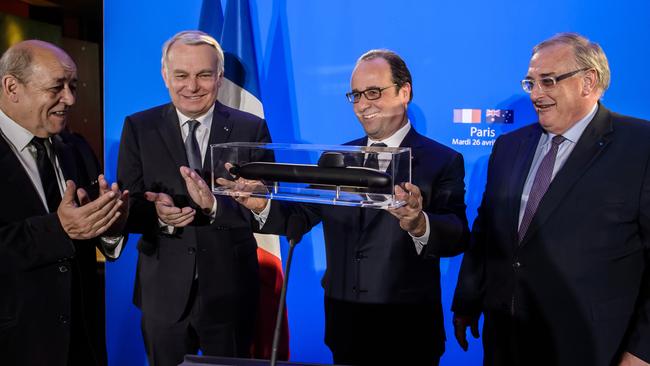
Last year’s Budget gave Defence $32.1 billion — 4.5 per cent real growth, taking spending to 1.93 per cent of GDP — close to the government’s 2013 election promise to lift funding to two per cent of GDP.
The Defence white paper outlines a path to lifting funding to two per cent of gross domestic product — $42.6 billion — in 2020/21 and $51.5 billion in 2025/26.
The funding projections in the white paper give Defence an extra $700 million in 2016/17, nothing extra the year after then steadily ramping up through to 2025/26.
ARMED GUARDS TO PROTECT POLICE
Heavily armed security specialists will guard police buildings around the country as part of radical new measures in to protect officers from Islamic State-inspired terrorist attacks.
NewsCorp revealed on Monday the government would announce a new $150 million security package in the Budget to protect the police.
Security at Australian Federal Police buildings will also be upgraded in response to the heightened terrorist threat.
FISHY BUSINESS
The Federal Government has declared a $15 million war on the imported European carp.
The money will be spent implementing the national carp control plan, which will include introducing a herpes virus into waterways from the end of 2018 to wipe out 95 per cent of the carp population over the next 30 years.
Carp is believed to make up 80 per cent of the fish biomass of the Murray Darling Basin and its economic impact is estimated to be around $500 million a year, mostly in regional Australia.
“They stir up all the mud. They drive other fish out. They can’t seem to live in harmony with other fish stocks and our native fish have been no competition for the European carp,” South Australian cabinet minister Christopher Pyne said.
But the virus can’t be introduced into the waterways until 2018.
“There is a lot of work to be done in preparation for the outcome, because, suddenly, there will be, literally, hundreds of thousands, if not millions of tonnes of carp that will be dead in the River Murray,” he said.
TOBACCO
An increase in tobacco excise is also seen as likely.
Originally published as What we know about the Budget 2016 so far

